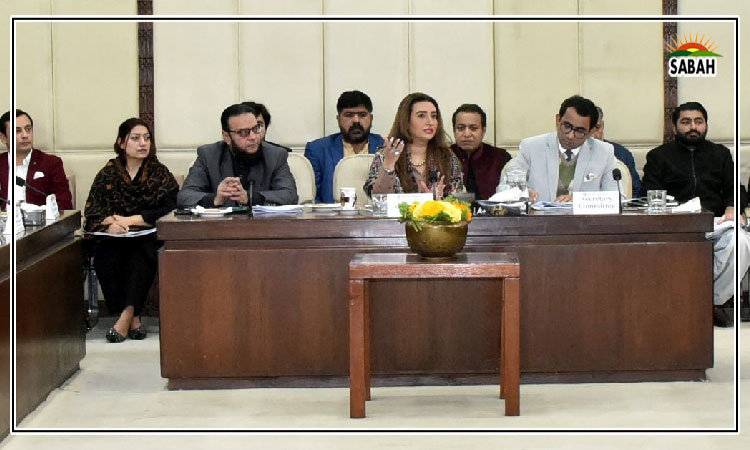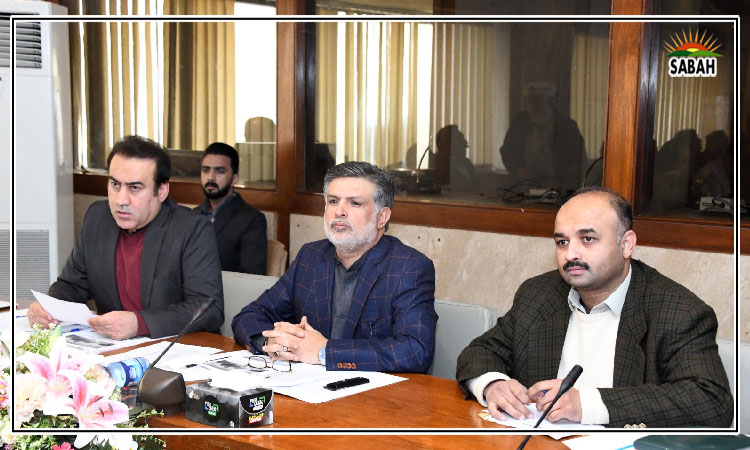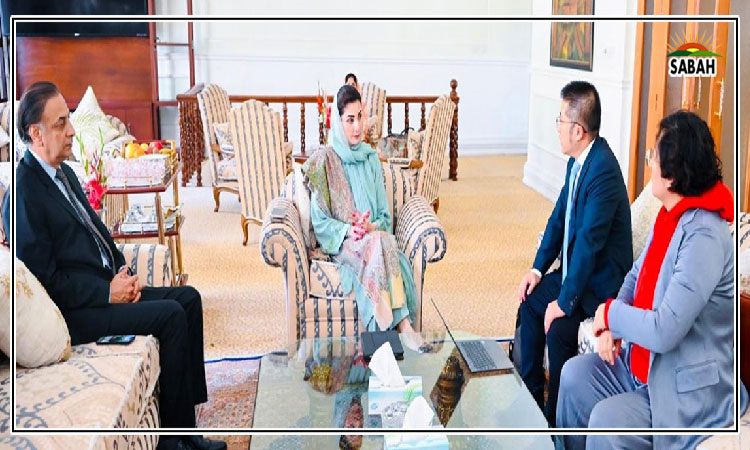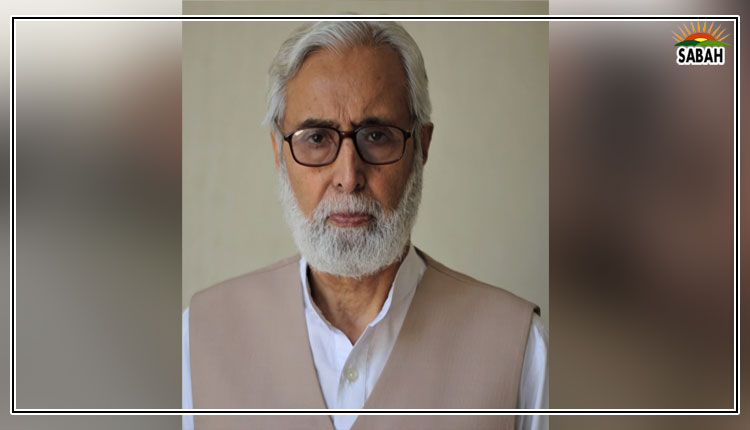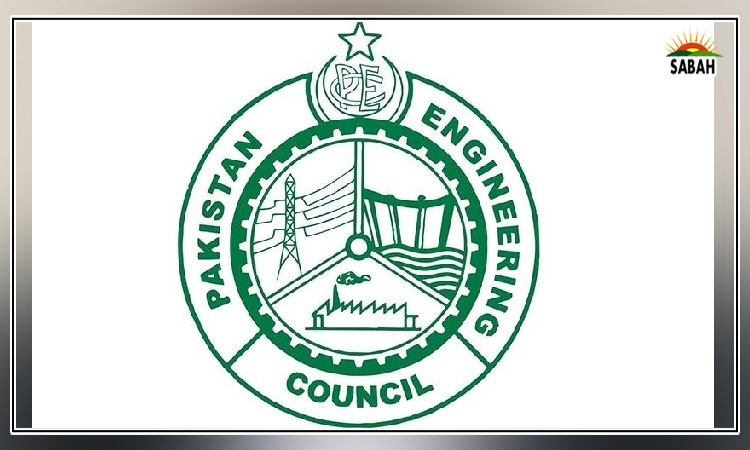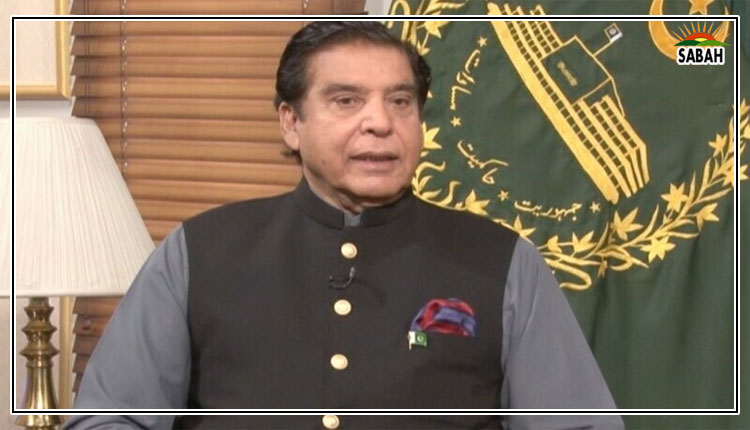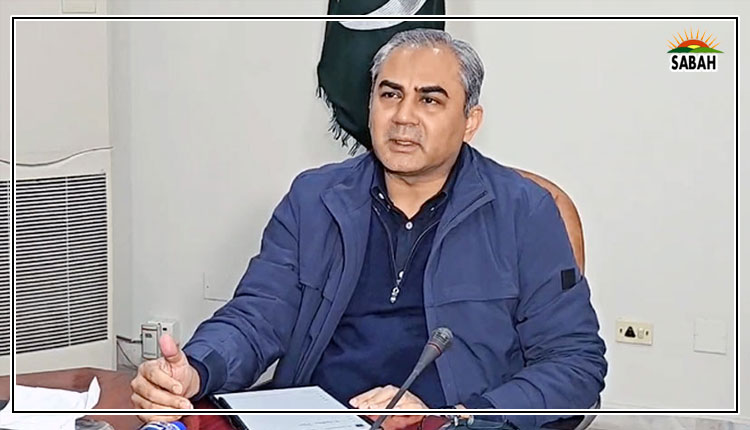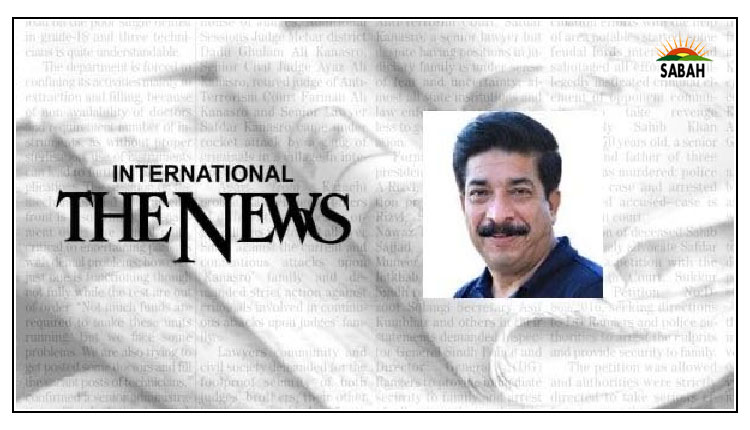Zelensky in Europe…Dr Imran Khalid
Volodymyr Zelenskys surprise visit to three European capitals London, Paris and Brussels has been an immensely successful trip despite the fact that he could not get any clear-cut pledges from his friends for jets, a top priority in his agenda at the moment.
The timing of this trip was strategically poignant for two key reasons. One, the impending anniversary of the Russian invasion as an emotional signpost, and two, the much-awaited spring offensive by Russians in the coming weeks some analysts believe it has already started. After a failed bid to inflict a dark and harsh winter on Ukraine, Russian President Vladmir Putin is now desperate to win more territories to generate momentum for his spring offensive. The ferocious Russian attacks on Bakhmut, which has held out for months, is part of Putins new war plan. He wants to utilize the fall of Bakhmut to prompt his dispirited forces to unleash a massive offensive to further annex more territories inside Ukraine and put pressure on Kyiv.
Sensing this urgency in Putins camp, Zelensky is making desperate attempts to galvanize and reassure the military support of Western capitals. President Zelensky chose the right time to embark upon his second foreign trip since the Russian intrusion. Unlike the extremely secretive planning for his December visit to Washington, Zelenskys schedule was splashed in the media a little earlier this time. He performed even better than what was expected of a media-savvy personality like him in his lightning tour with a hectic itinerary that included meeting with British PM Rishi Sunak, address to the British parliament, audience with King Charles, meetings and dinner with French President Emmanuel Macron and German Chancellor Olaf Scholz in Paris and then address to the European parliament in Brussels.
Apparently, Zelenskys trip had two main objectives: revitalize the moral support of Europeans at this crucial phase of the war when Moscow is almost ready to start its spring assault, and to gain commitment for more warfare and renew its request for fighter aircrafts particularly British Typhoon jets or similar vehicles. Except for some rudimentary success on the question of fighter jets, he put up a great show during his short stay in Europe.
Being an astute showman himself, Zelensky whose wartime signature attire, olive green sweatshirt, cargo pants and combat boots, has become globally recognized intuitively evoked the pro-European sentiments during his addresses to the British parliament and the European parliament. Zelensky deliberately uses this outfit to remind his audience inside and outside Ukraine that they are meeting a wartime leader.
In his speech to the European parliament, Zelensky said Ukrainian soldiers are battling the most anti-European force in the world as he reiterated requests for military support in the fight against Russia, linking Ukraines fate to that of Europe as a whole. He added that afree Europe cannot be imagined without free Ukraine. While he touched the right chords at the right time, he could not find many sympathetic ears for his request for warplanes.
It took him almost one year of intensive canvasing to get a positive nod from Europeans and the US for the supply of battle tanks. His case was strong, but Nato leadership was hesitant to fulfil his demand on the assumptive pretext of possible direct collision with Moscow. Now, after getting the green signal for tanks, he is seriously pleading for fighter jets too. Zelensky warned that supplies had been running out, and without fighter jets or longer-range missiles there was a risk of stagnation in his countrys fight against Russia. In an emotional gesture to support his case, he presented the UK with a Ukrainian pilots helmet as he asked for fighter jets to be sent to combat the Russian invasion.
According to a report by the International Institute for Strategic Studies (IISS), at the beginning of the conflict, Ukraine had a modest air force consisting of Soviet-era jets, estimated to be around 120 combat-capable. Due to the ongoing war, the number of aircraft has shrunken drastically, and considering the presence of Russian aircraft and air defence systems, experts claim that Ukraine possesses a limited air capacity. Another important factor is that the battle tanks recently promised by Germany, the US, and the UK will not be able to perform better unless they have reasonable air coverage. With a meagre air force, Ukraine will not be able to utilize these sophisticated battle machines at the optimum level. Ukraine is certainly desperate to acquire these warplanes to counter the incessant aerial attacks by the Russian air force.
But the jets request is not likely to find a positive response anytime sooner with a firm no from US President Joe Biden and an even firmer rejection by the German Chancellor Scholz. As demonstrated in the previous year, initial rejections of aid forms to Ukraine have often been reversed only after a few months of internal debates and bickering. British PM Sunak was also quite cautious to make any direct commitment for Typhoon jets to Ukraine and said, nothing is off the table when it comes to assisting the war effort in Ukraine and fighter jets are part of the conversation. The ostensible excuse being presented by Sunak is that Typhoon jets are very sophisticated pieces of kit and it could take three years to train a pilot to fly one. He further pointed out the logistical handicaps and that there was a supply chain around the aircraft.
Apart from these logistical constraints, owing to a compromised inventory at home, it would be very difficult for the UK to offer Typhoon jets to Ukraine at this moment. Out of the 130 Typhoons in the Royal Air Force (RAF), only 101 are operational. At the same time, the RAF is already facing a backlog in the training of its own fast-jet pilots, while maintenance and upkeep of aircrafts is also cumbersome. Apart from this numerical and technical problem, fissures are appearing within the European leadership on the question of quantum of military aid to Ukraine. German Chancellor Scholtz is particularly cautioning about the ongoing race among European countries to outcompete each other on extending military packages to Ukraine.
So, the European leadership is also quite hesitant about the quantum and methodology of the support to Ukraine. The fear of direct collision with Moscow is still very much dominant. However, another reassurance for the Europeans is that they and the US have already reasonably fortified the Ukrainian air defence system by providing sophisticated surface-to-air missiles including the recent pledge by Washington to provide the Patriot System. Zelensky also knows this very well. The last year has taught him how to manoeuvre the simmering internal frictions of the European leaders.
During this trip, Zelensky excessively pushed for fighter jets in a hope to find some inroads as a starting point. Eventually he was successful in getting a promise for the training of Ukrainian pilots by the RAF. By offering to train Ukrainian pilots, Rishi Sunak has reflexively yielded to Zelensky’s request. However, Sunak has carefully framed the proposal as part of a comprehensive plan to empower Ukraine to have control over its skies in the future. He stated, “The training will ensure that pilots will have the ability to operate advanced Nato-standard fighter jets in the future, as part of building their long-term capabilities.”
The British offer to train Ukrainian pilots on modern Nato fighter jets is a carefully couched hint to the rest of Nato countries that at some point it may have to provide modern jets to help Ukraine defend its airspace from the Russian air force.
Courtesy The News




